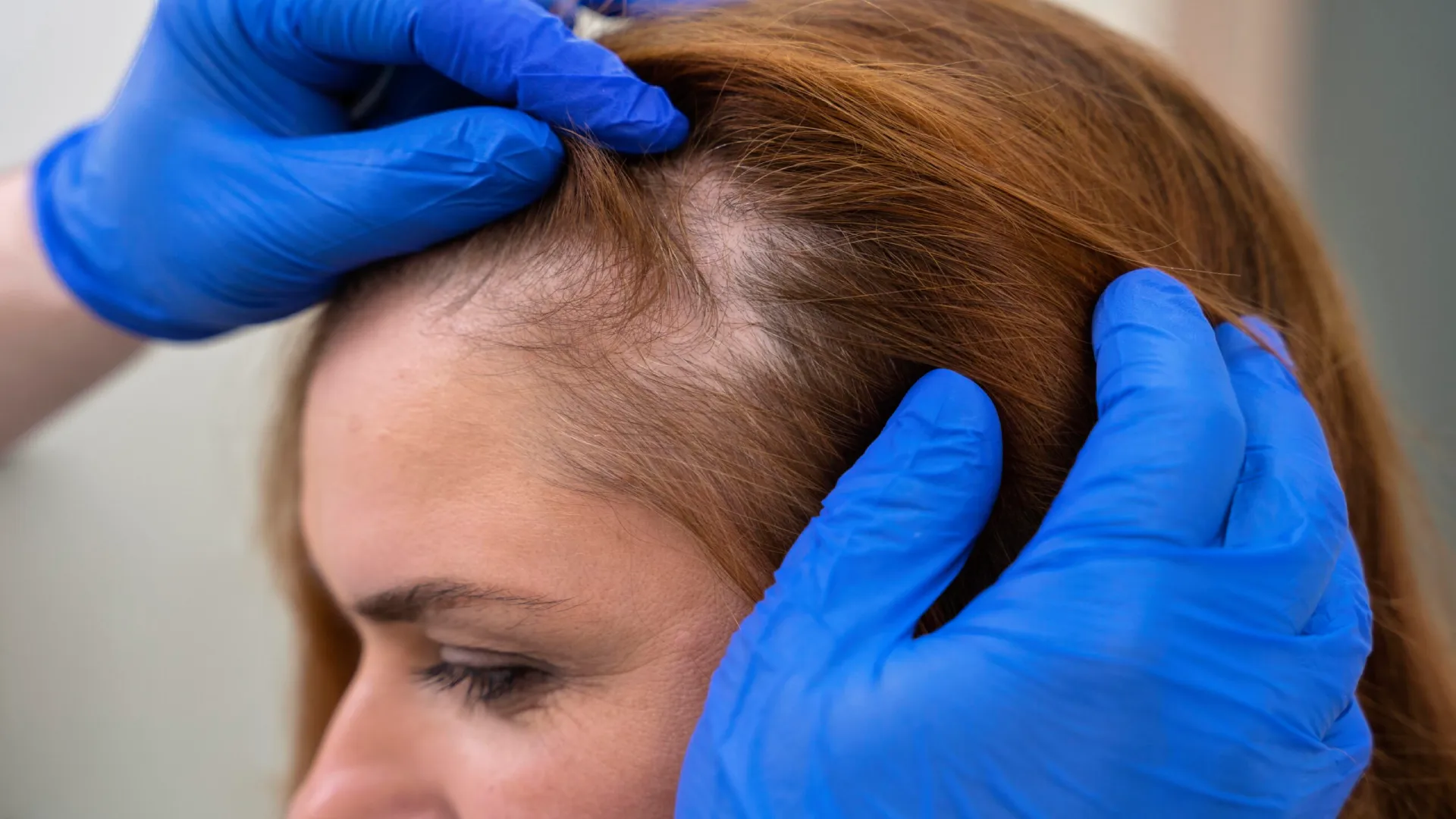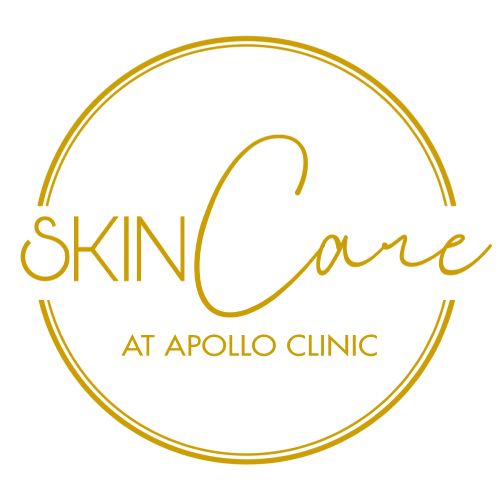
In recent years, there has been a growing demand for wrinkle-reduction procedures as individuals seek to maintain their youthful appearance. One of the most popular options for achieving smoother and more youthful skin is through the use of either Botox or dermal fillers. Both treatments offer effective solutions for reducing wrinkles, but it is essential to understand the difference between them and choose the option that best suits your needs.
Let’s delve into the world of Botox and dermal fillers to explore their mechanisms of action, treated areas, longevity of results, safety considerations, and more.
Botox, also known as botulinum toxin, is a neurotoxin that works by temporarily paralysing the underlying muscles responsible for causing wrinkles. When injected into targeted areas, Botox blocks the release of acetylcholine, a neurotransmitter that stimulates muscle contractions. By reducing muscle activity, Botox effectively smoothes out wrinkles and prevents the formation of new ones.
Botox is commonly used to target dynamic wrinkles, which are the wrinkles that appear when muscles contract during facial expressions. The most popular areas for Botox treatment include the forehead, crow’s feet (wrinkles around the eyes), and frown lines between the eyebrows. These areas are particularly prone to the development of wrinkles due to repeated muscle movements over time.
The duration of Botox results varies from person to person but typically lasts around three to six months. After this time, the effects gradually wear off, and muscle activity resumes, causing wrinkles to reappear. To maintain optimal results, follow-up treatments are necessary. Fortunately, regular Botox injections may lead to prolonged wrinkle reduction as the muscles become conditioned to remain relaxed.
While Botox is generally considered safe, it is important to be aware of potential risks and side effects. Some individuals may experience temporary redness, swelling, or bruising at the injection site. In rare cases, Botox injections can lead to drooping eyelids or eyebrows, muscle weakness, or difficulty swallowing. It is crucial to consult with a qualified professional, such as Dr. Snehi K. Sharma at Skin Care at Apollo, to ensure proper administration and to address any concerns.
Unlike Botox, which works by relaxing muscles, dermal fillers are substances injected beneath the skin to add volume and fill in wrinkles and folds. There are various types of dermal fillers available, including hyaluronic acid fillers, collagen-stimulating fillers, and synthetic fillers. Each type offers unique properties and benefits, making it important to choose the right one based on individual needs and desired outcomes.
Dermal fillers are versatile and can effectively treat a wide range of wrinkles and facial volume loss. They are commonly used to address nasolabial folds (lines from the nose to the corners of the mouth), marionette lines (lines from the corners of the mouth to the chin), and hollow areas under the eyes. Dermal fillers can also enhance lip volume and rejuvenate the hands by reducing the appearance of age-related bony prominence.
The longevity of dermal filler results depends on various factors, including the type of filler used, the area treated, and individual metabolism. On average, results can last anywhere from six months to two years. To maintain the desired level of correction, follow-up treatments are necessary. However, it is important to note that the body gradually breaks down and absorbs the filler over time, resulting in the eventual return of the treated area to its pre-treatment state.
Dermal fillers are generally considered safe when administered by experienced professionals, such as Dr. Snehi K. Sharma at Skin Care at Apollo. However, like any medical procedure, there are potential risks involved. Common side effects include temporary redness, swelling, and bruising at the injection site. In rare cases, more serious complications such as infection, allergic reactions, or vascular occlusion may occur. It is crucial to have a thorough consultation and discuss any medical conditions or allergies with your provider before proceeding with dermal filler treatments.
Botox and dermal fillers differ in their mechanisms of action and applications. Botox is ideal for treating dynamic wrinkles caused by muscle contractions, while fillers are best suited for static wrinkles, which are present even at rest. Botox relaxes the muscles that cause wrinkles, while fillers add volume and plump up the skin. Understanding these distinctions is vital in determining which treatment will yield the best results.
Selecting the appropriate treatment for specific types of wrinkles involves careful consideration. Dynamic wrinkles, such as forehead lines and crow’s feet, respond well to Botox. On the other hand, static wrinkles, like nasolabial folds and marionette lines, are better addressed with dermal fillers. An experienced professional, like Dr. Snehi K. Sharma at Skin Care at Apollo, can provide expert guidance in determining the most suitable treatment plan.
One common concern when considering Botox or dermal fillers is their potential impact on facial expressions. Botox treatments are precisely administered to target specific muscles, allowing for natural facial expressions to be maintained while reducing wrinkles. Dermal fillers, when used appropriately, should provide subtle enhancements without affecting facial movements. The goal is to achieve a rejuvenated appearance while preserving individual expressions and facial dynamics.
When debating between Botox and dermal fillers, it is essential to consider cost implications and budgetary factors. Generally, the cost of Botox is measured per unit, while dermal fillers are priced per syringe. The number of units or syringes required varies based on the treatment area and desired results. Therefore, it is crucial to have a thorough consultation with Dr. Snehi K. Sharma to discuss the expected costs and determine a customised treatment plan that aligns with your budget.
While both Botox and dermal fillers are considered safe procedures, risks and complications can arise if not administered properly. It is crucial to choose an experienced provider, like Dr. Snehi K. Sharma at Skin Care at Apollo, who has a deep understanding of facial anatomy and injection techniques. The potential risks associated with Botox and dermal fillers, such as temporary bruising and swelling, should be discussed during the consultation to ensure that patients are well-informed before making a decision.
In some cases, a combination approach involving both Botox and dermal fillers may be beneficial for achieving optimal results. For instance, Botox can be used to relax the muscles that cause dynamic wrinkles while dermal fillers can be used to restore lost volume or add definition to certain areas. This combination approach offers a more comprehensive solution to address multiple signs of ageing and enhance overall facial rejuvenation.
By leveraging the benefits of Botox and dermal fillers together, individuals can maximize their results and achieve a more youthful appearance. While Botox targets muscle-related wrinkles, dermal fillers add volume and smooth out static wrinkles. This combination approach can create a more harmonious and balanced outcome, providing individuals with a refreshed and rejuvenated appearance.
Ultimately, the decision between Botox and dermal fillers depends on individual needs, goals, and facial characteristics. To ensure the best possible outcomes, it is vital to seek professional guidance from a qualified practitioner, such as Dr. Snehi K. Sharma at Skin Care at Apollo. By conducting a comprehensive assessment and understanding your unique facial anatomy, a personalized treatment plan can be developed to address your specific concerns and achieve natural-looking wrinkle reduction.
In conclusion, when considering wrinkle reduction procedures, it is important to understand the differences between Botox and dermal fillers. Botox works by relaxing muscles and is best suited for treating dynamic wrinkles, while dermal fillers add volume and address static wrinkles. The choice between Botox and dermal fillers depends on the type of wrinkles, desired results, budgetary factors, and individual suitability. By consulting with a qualified professional, like Dr. Snehi K. Sharma at Skin Care at Apollo, individuals can make informed decisions and embark on their journey towards smoother, more youthful-looking skin.
Call Skin Care at Apollo in Guwahati at +91 9085645000 or book an online appointment to schedule a consultation with Dr Snehi K. Sharma! Embrace the possibilities and discover a more youthful you!
1. Are Botox injections painful?
2. How long does it take to see results after receiving fillers?
3. Can I get Botox or dermal fillers if I have specific medical conditions?
4. Are there any long-term risks associated with Botox or dermal fillers?
5. How much do Botox and dermal fillers cost on average?
6. Can Botox or dermal fillers be used to get rid of all types of wrinkles?

Skin Care at Apollo is Guwahati’s premier skin and cosmetology clinic, offering a comprehensive range of aesthetic treatments for the face, hair and body.